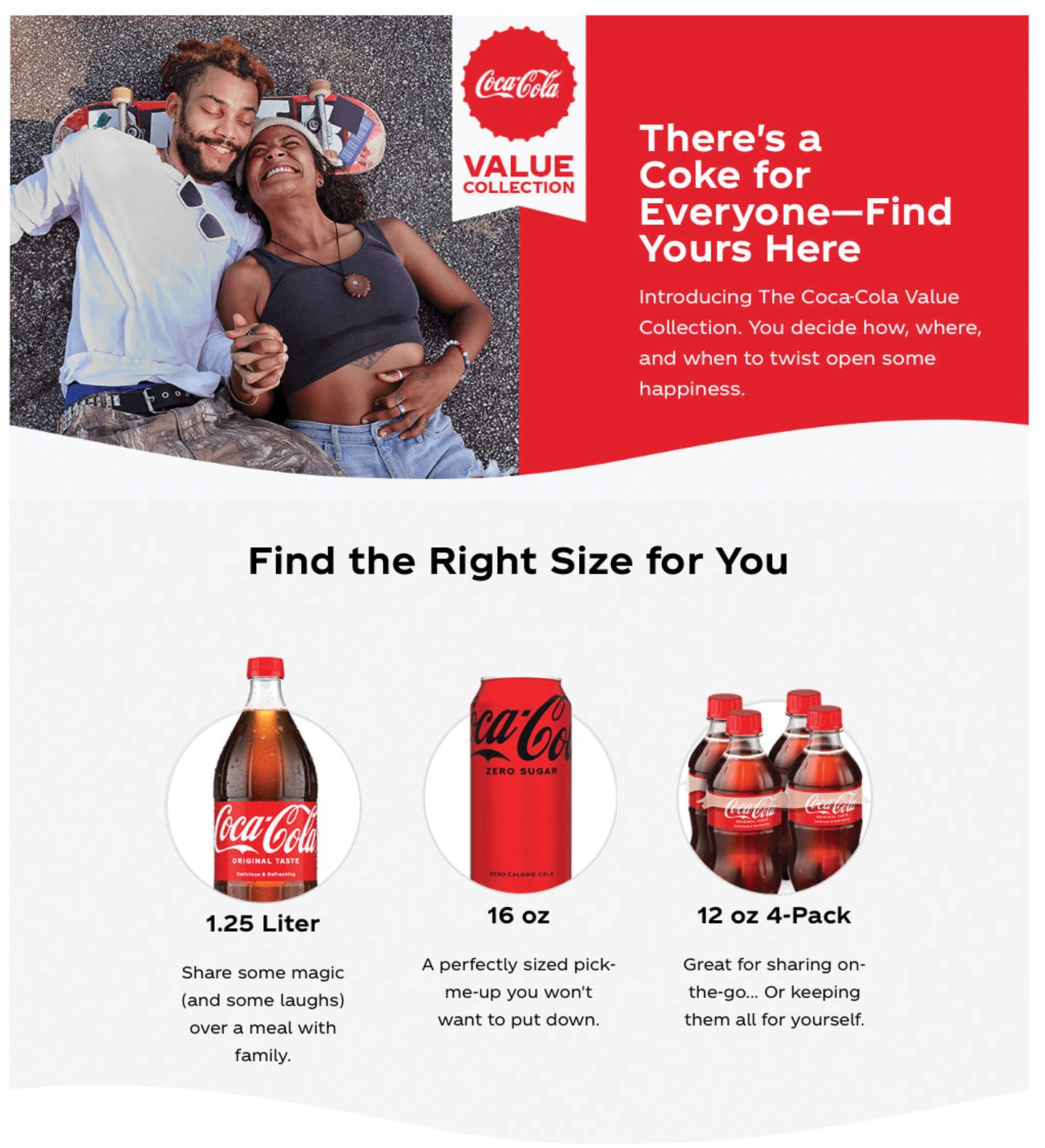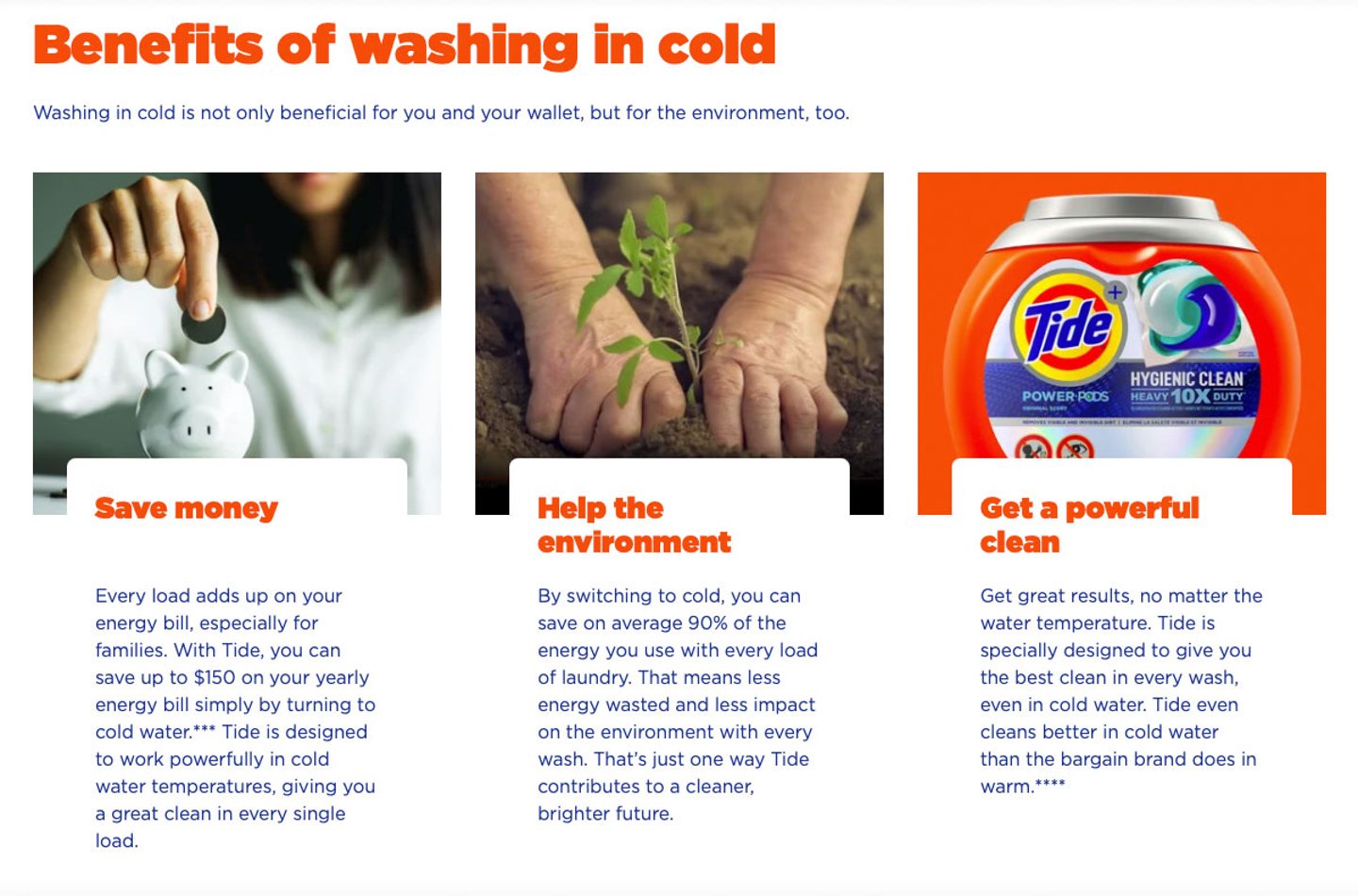How CPG Marketers Are Battling Inflation
Anyone under the age of 50 probably has little or no memory of the runaway inflation of the 1970s, which is the most recent historical comparison to today’s sky-high prices at the gas pump and grocery store. That includes many CPG marketers, who were forced to confront the spike in food and household goods inflation in 2022 on the heels of an unprecedented global pandemic that sent household budgets and shopping behaviors into a tailspin.
Once again, those marketers found themselves in uncharted territory and they had to make major adjustments — including price hikes at the shelf — to account for the sudden inflationary shocks and resulting changes in consumer behavior. Now, marketers must determine which strategies to keep in place, with inflation starting to cool but likely remaining elevated for much of this year. While the U.S. Department of Agriculture expects food inflation to be lower in 2023, it still forecasts price increases of 3.5% to 4.5% — well below the 10% average increases of 2022, but a far cry from the 2.4% national average of the last 20 years.
“Most CPGs didn’t have the muscle memory to be able to execute price increases effectively and were scared to death to do it, because there was a lot of pushback from the retailers,” says Ken Harris, a veteran CPG industry executive and managing partner at Cadent Consulting Group. “There were real input costs going up, and there were CPG organizations that were not equipped to pass along that pricing, because they didn’t know what the choreography was or what the language was that they had to use.”
But they soon learned. In food categories hit hardest by inflation — such as milk products, beverages, lunch meats, pet food and eggs — many national brands either raised prices or shrank package sizes without lowering prices (a controversial practice often referred to as shrinkflation) in order to offset lower margins. At the same time, marketers stepped up discounts and promotional offers while delivering messages of quality and value to dissuade consumers from trading down to lower-priced products.
“In many cases, consumers don’t want to trade down, but they have to do what makes the most sense economically for themselves and their families,” says Alex Harrison, vice president of sales at Breaktime Media, whose clients include General Mills, Mondelez International, Nestle and Unilever. “When the perceived value of a product outweighs the cost, it becomes easier for the consumer to justify the purchase.”
Responding to Changing Shopping Patterns
U.S. consumers have adapted to inflation by altering many of their “normal” pre-pandemic shopping behaviors. For example, surveys conducted last spring revealed that shoppers were cutting their budgets and taking fewer trips with shorter lists at grocery stores, while increasing club channel memberships and buying more items in bulk at discount stores.
In response to these trends, major marketers, including Coca-Cola, adjusted assortments and pack sizes, a strategy presumably designed to help compensate for the fewer grocery trips. Joe Vizcarra, group vice president of customer marketing at Coca-Cola, told audiences during a Path to Purchase NOW webinar back in October that the company’s new Value Collection was the result of a six-week sprint in which agile principles were used to develop innovative ways to help shoppers stay within budgets while filling their baskets at the store.
“It is basically a different mix, item count and lower price point than what you would normally find, and in some of the sizes and flavors that people really wanted to purchase,” Vizcarra explained. “These value packs, if you will, started being featured in large stores, including Walmart, convenience and some value channels. They were extremely well-received. So now we’re taking a look at the next iteration of that strategy.”
David Schneidman, director of Alvarez & Marsal Consumer Retail Group, says that brands can maximize store visits with more meticulous digital marketing in the pre-shop phase and messaging that makes it clear why the consumer needs a particular product. Retailers can also help offset the impacts of price increases with a targeted approach to discounting.
“There are a lot of different types of discounting retailers can do,” says Schneidman. “For example, when bulk buying, buy one, get one 50% off, or for impulse purchases, do heavy discounts to drive penetration and trial. If it’s a good product with a good proposition, the repeat should inherently follow.”
Different Ways to Create Value
Most marketers would agree that creating value for the consumer wherever possible is a critical component of any campaign strategy in an inflationary environment. CPG brands have been deploying a variety of value-added tactics — with a particular emphasis on consumer promotions and giveaways — as part of their ongoing campaign efforts.
“Brands are continually looking for ways to create rewarding experiences for their customers, and we’re seeing chance-to-win promotions as an increasingly popular tactic for delivering those moments,” says Breaktime Media’s Harrison. “In the last few months alone, we’ve seen an uptick in clients looking to incorporate social as an extension of their promotional strategies. Tactics like social giveaways are becoming quite popular again as brands look for meaningful ways to engage with shoppers where they are. And the shopper, in turn, appreciates being recognized and rewarded for their brand passion.”
His agency has seen results that reinforce those strategies. “Year-over-year offer engagement [as of December 2022] within our experiences is up 39%,” Harrison says. “We believe that this is a direct result of inflationary prices and consumers’ efforts to save on their favorite products when and where they can.” In 2022, campaigns run by Breaktime that had consumer promotions or giveaways showed a 1.7x increase in incremental return on ad spending (ROAS) versus those that did not, according to third-party sales measurement studies.
“Nothing about the strategies that we have deployed is revolutionary or earth-shattering,” notes Harrison. “They are, in most cases, simply good examples of getting back to the fundamentals of providing a great consumer experience and communicating personalized value.”
Still, there is more than one way to communicate a particular value, even for the same brand or product. Procter & Gamble is demonstrating this principle with its recent “Cold Hard Savings” and “The Bargain Jug” commercials for Tide detergent. The original Tide cold-water campaign, which began in 2021 as part of a company-wide focus on sustainability, featured humorous spots with celebrity cameos from professional wrestling and the National Football League. By contrast, the new ads depict everyday consumers talking in blunt terms about their energy bill savings thanks to Tide’s ability to clean effectively in cold water — a message that seems more specifically tailored for the current economic climate.
Bringing Transparency to Retailer Relationships
Much of the work that CPG brands did to account for those initial inflationary spikes last spring, including raising list prices, was done with retailers behind the scenes. Cadent Consulting Group’s Harris says that this work must be done “before you earn the right to talk to the consumer” about price hikes. And he says that transparency and constant communication — vital components of brand/retailer relationships at any time — are especially critical to this process.
“Transparency means that you are communicating regularly and in multi-touchpoints through the manufacturer and the retailer organization,” says Harris. “So you can’t just say, ‘Hey, we’re taking our prices up, here it is.’ It’s constant policing of the conversation, so that you’re keeping them informed about what, when, where and how. You’re doing multiple levels of spending at the organization, so it’s not just buyer to salesperson; it’s CEO to CEO. Otherwise, the price increases don’t get executed the way you expect them to. It comes down to a matter of trust.”
Schneidman says that CPG companies may be tempted to increase prices on all products by an arbitrary amount and assume this will automatically offset cost increases arising from inflation. “What brands and retailers need to do instead is have a validated pricing architecture and understand price increases in the context of the consumer’s willingness to pay,” he says. “The question becomes how you develop an appropriate new promotion and discount strategy to keep profits and drive repeat and incremental penetration.”
Of course, the trust issue also extends to the brand’s customer relationships. Juan Camilo Gomez, head of connected commerce acceleration at Church & Dwight, spoke to how this issue is playing out during a time of inflation at another Path to Purchase NOW virtual event last fall. “There are a lot of promotions and deals that serve a purpose of attracting customers based on price in an inflationary and recessionary environment. That’s a tactic that works,” he said. However, he added, “What is the longevity of that purchase? Do they stick with the brand, or do they just buy it one time and then they just let go?”
Church & Dwight is looking at two strategies in particular — building subscription models and retargeting customers through media — as a way of improving customer retention and strengthening brand loyalty while inflation remains high, according to Gomez. “It’s working more around the targeting piece and retention, versus the deal piece of it, because that becomes very transactional versus building that emotional connection with the brand and the stickiness to it,” he noted.
Stickiness — now that is something all CPG marketers would like to bank on this year.
SIDEBAR:
Why Private-Label Growth Wasn’t a Slam Dunk in 2022
During normal periods of economic downturn or inflation, sales of private-label products rise as consumers look for lower-priced options to help them stay within budget. But there is nothing normal about this latest downturn. Many people still have jobs and savings rates were relatively high last year, in part because of the pandemic-induced government stimulus checks and lower consumer spending on activities like dining out and entertainment.
Those factors may help explain why store brands only gained a modest share in 2022. According to IRI data, total private-label dollar share across all outlets was up 0.7 points to 17.9% for the 52 weeks ending Dec. 4, 2022. That was a reversal from the previous 52-week 0.4-point drop, a period in which the robust store brand growth experienced during the pandemic began to level off.
“There are a lot of factors driving the numbers. Price is only part of it,” says Jim Wisner, a private-label expert and president of Wisner Marketing Group in Lake Forest, Illinois. Wisner expects store brands to continue gaining share in 2023. “We are seeing retailers place substantially increased emphasis on their private-label programs,” he says. “Some of the majors, including Walmart, Kroger and Ahold, which had been aggressive, have announced new goals and plans for both market share and the number of new items they will introduce.”
There is also some good news for national brands on the loyalty front. Despite recent sales erosion in household categories like razors, laundry detergent and paper towels, there has been no significant drop-off in loyalty for major CPG brands, according to the results of the Brand Keys 2023 Customer Loyalty Engagement Index survey.
“Price and value increased in importance with much higher expectations held by consumers, which is a usual trend we see during times of inflation,” says Robert Passikoff, president of Brand Keys. “Inflation has a greater effect on customer expectations, which are of course linked to loyalty. All brand values — emotional and rational — are affected by the economic environment, but in so far as big brands are concerned, not to a degree that significantly affects brand loyalty within the 110 categories and nearly 1,000 brands we track.”




